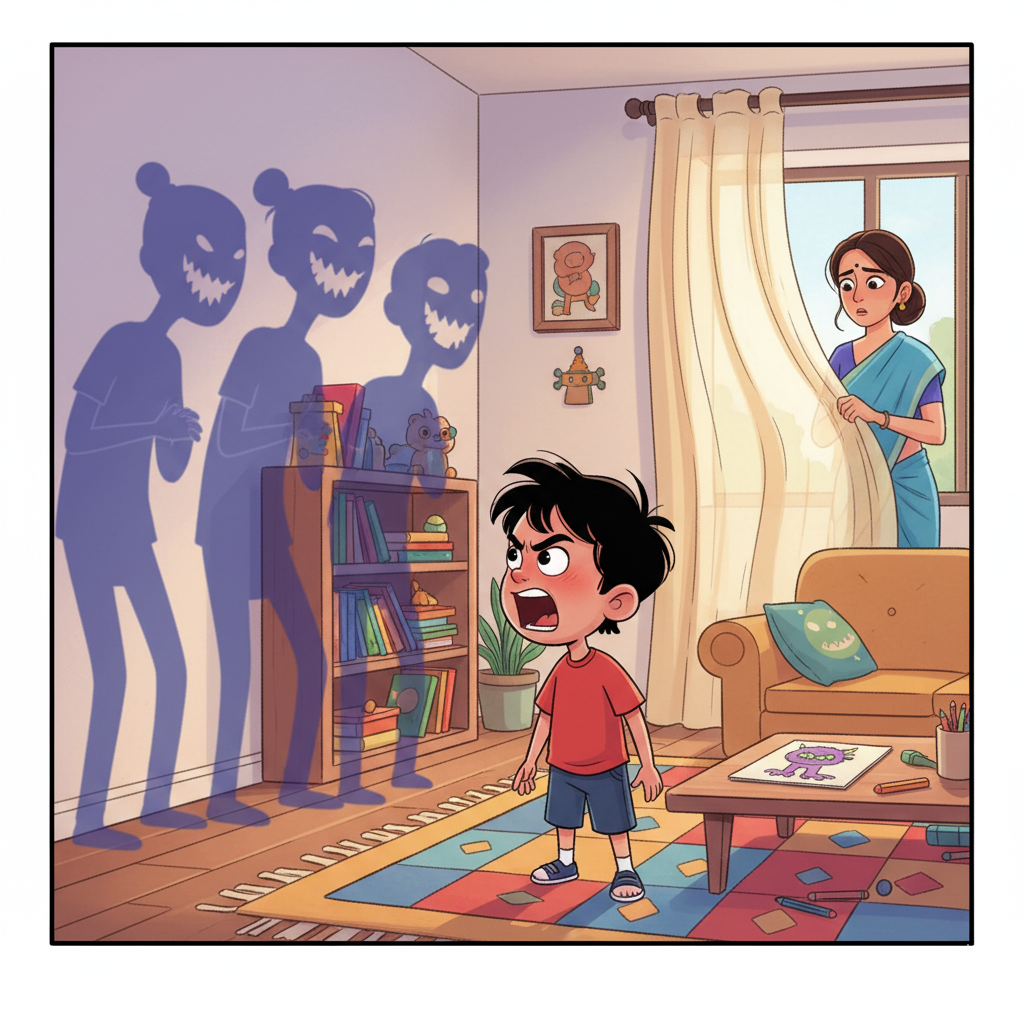
Please note – This lesson is best viewed in desktop mode – click the three dots on your browser and tick ‘desktop mode’ if viewing on a small screen device
AO1 (Description)
| Aims | To investigate presentation & treatment of Very-Early-Onset Schizophrenia (VEOS). |
| Procedure | Case history analysis, symptom observation, and trial of sodium valproate. |
| Results | – History: Troubled home with abusive father, divorce between parents, living with maternal grandparents, school refusal, aggression. – Symptoms: Heard voices, suspicious, social withdrawal, poor self-care. – Treatment: Valproate failed; aggression increased, needed hospitalisation. |
| Conclusion | Highlights diagnostic complexity of VEOS (initially missed) and need for specific antipsychotics, not mood stabilisers. |
AO3 (Evaluation)
| Individual and Situational Explanations | Point: Weakness: Over-emphasises individual factors. Evidence: Focus on diagnosis, not “aggressive father”. Explain: Lowers validity, ignores situational causes. Link: Reduces validity. Counterpoint: However, led to practical treatment. |
| Use of Children | Point: Strength: Direct benefit to participant. Evidence: Study aimed to diagnose and treat him. Explain: Ethically justifiable as it helped him. Link: Addresses ethics. Counterpoint: However, his distress despite treatment highlights risks. |
| Idiographic vs. Nomothetic | Point: Strength: Detailed idiographic insight. Evidence: Details unique history and symptoms. Explain: Allows deep understanding of one case. Link: High internal validity. Counterpoint: However, poor generalisability to other schizophrenia patients. |
| Case Studies | Point: Strength: High real-world application. Evidence: Tracked diagnosis over time. Explain: Crucial for complex real-life disorders. Link: High ecological validity. Counterpoint: However, low reliability as other clinicians may interpret same symptoms differently. |
| Generalisations from Findings | Point: Weakness: Poor generalisability. Evidence: Single, rare case (VEOS). Explain: Unique background not representative. Link: Low generalisability. Counterpoint: However, it can generate hypotheses, e.g., on links between early trauma and VEOS. |
search terms – 9990 psychology, 9990 a levels psychology, clinical psychology, cie psychology, as and a levels , schizophrenia, aneja et al., case study of schizophrenia, icd-11 criteria of schizophrenia, ao1, ao3, evaluation, strengths and weaknesses, issues and debates, essays, 10-markers, 6-markers, revision, past paper solutions, 9990 2024-26 new syllabus